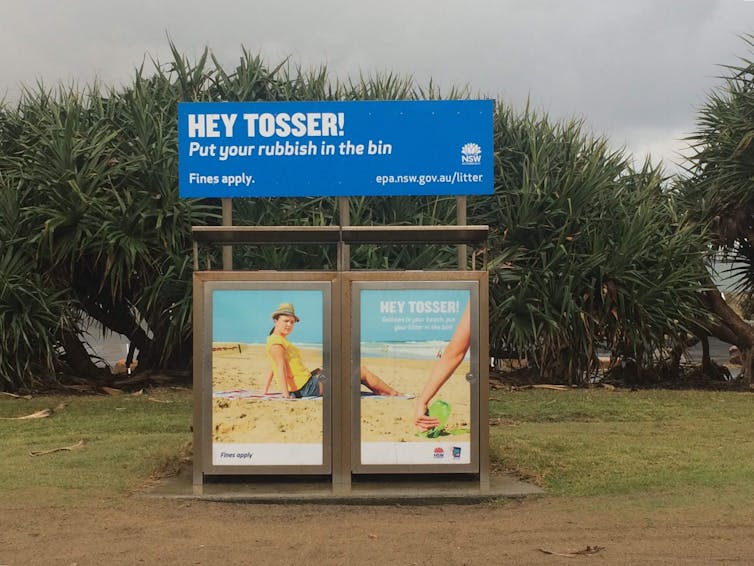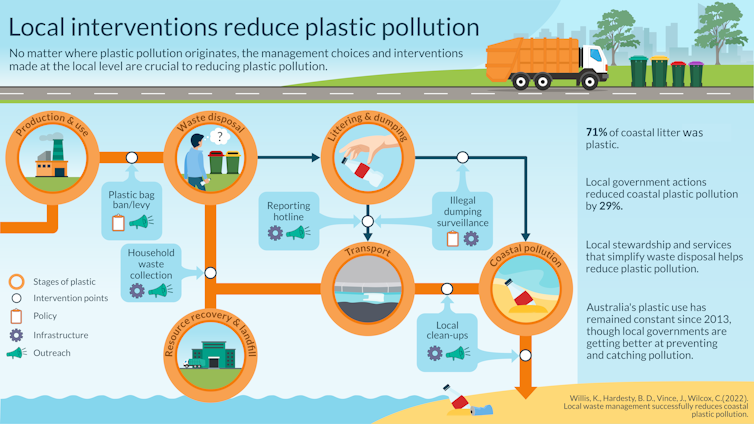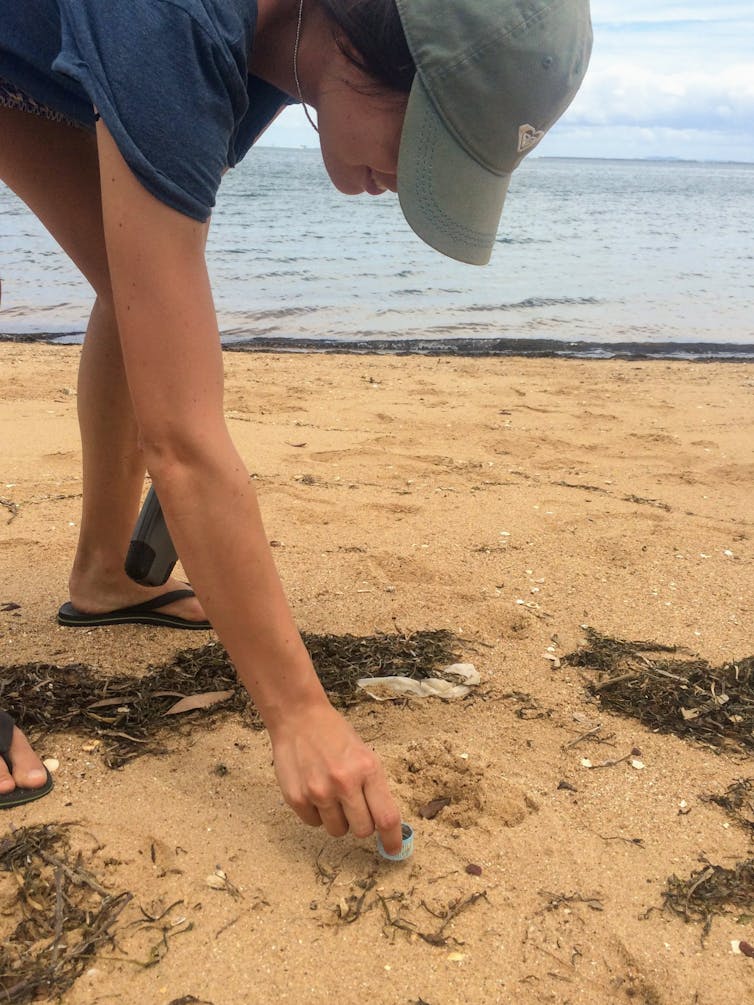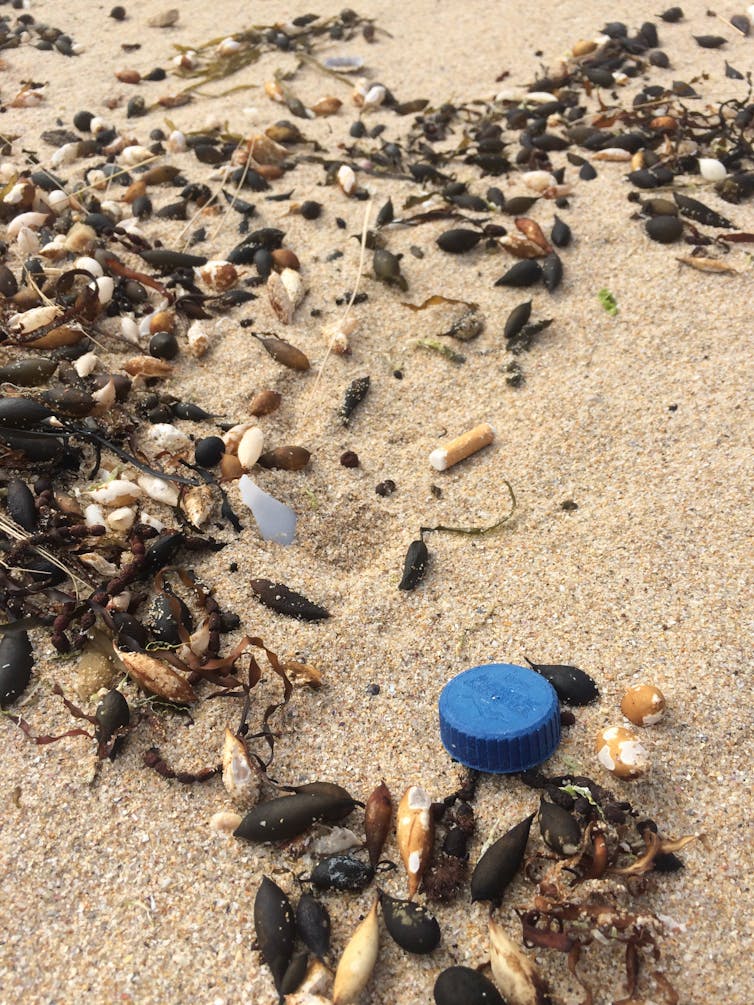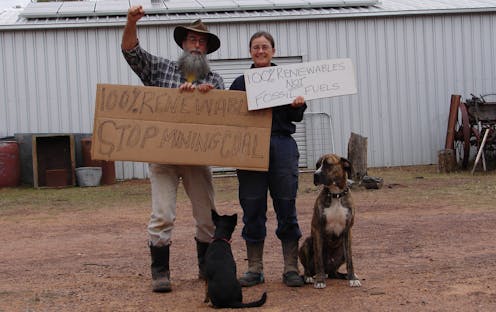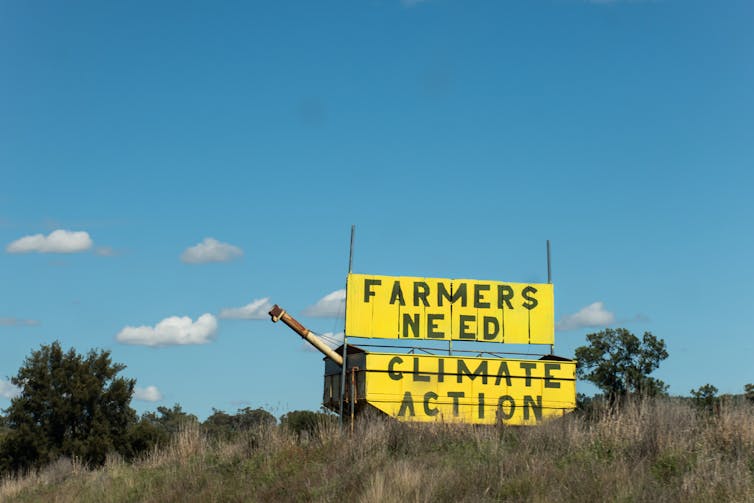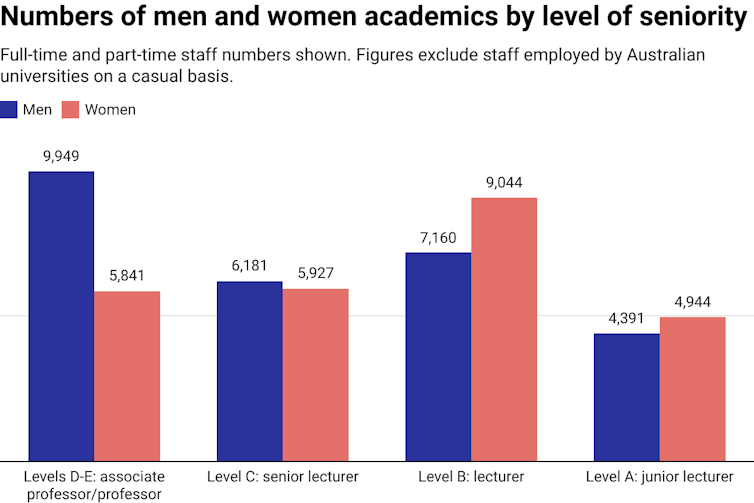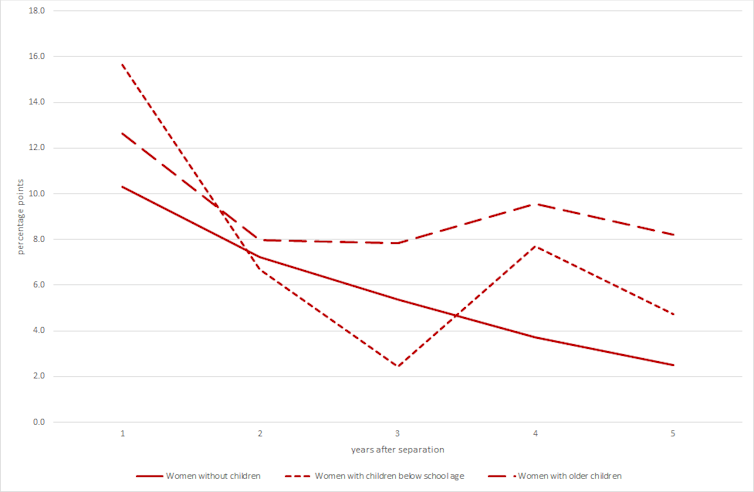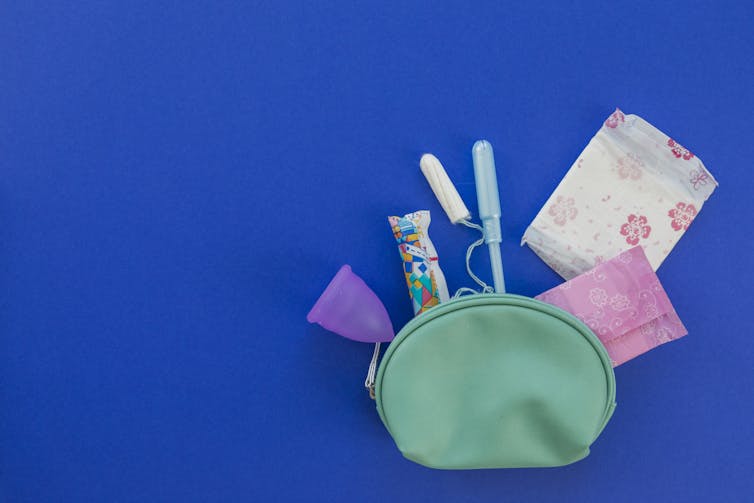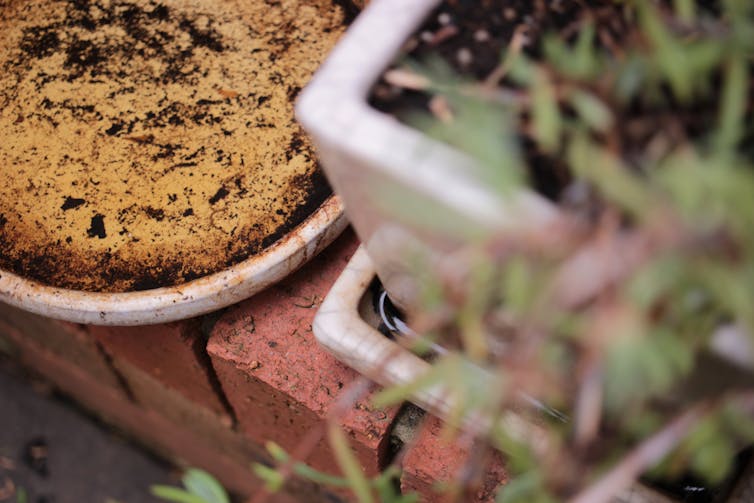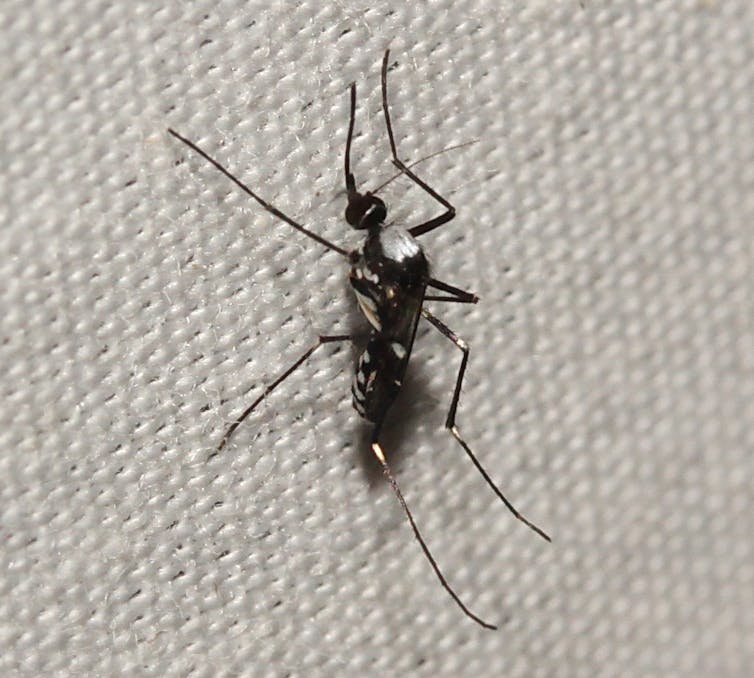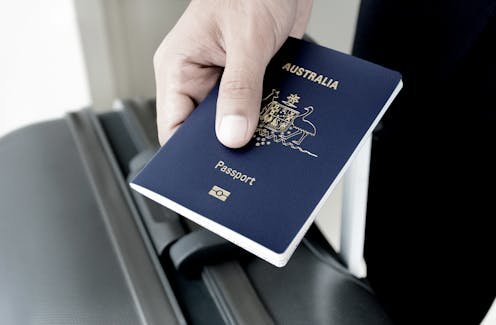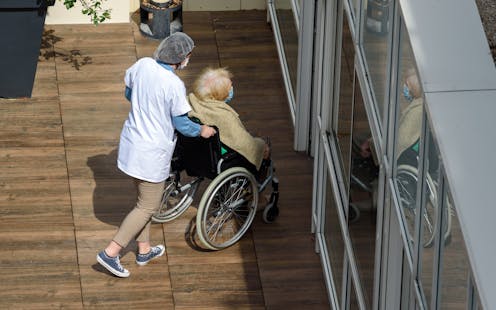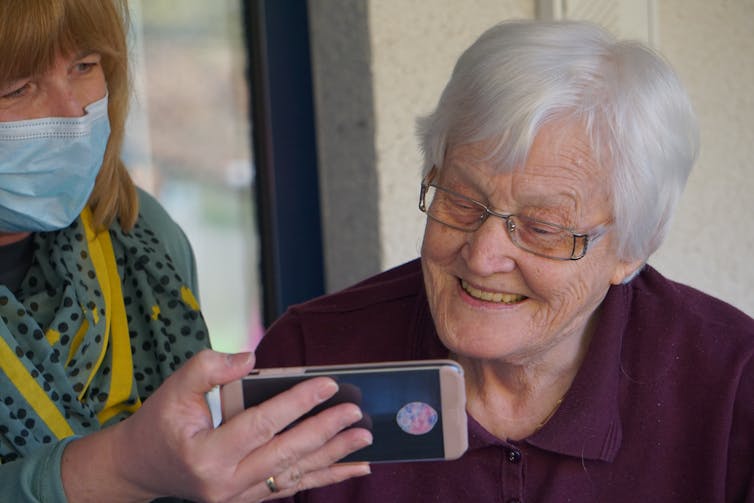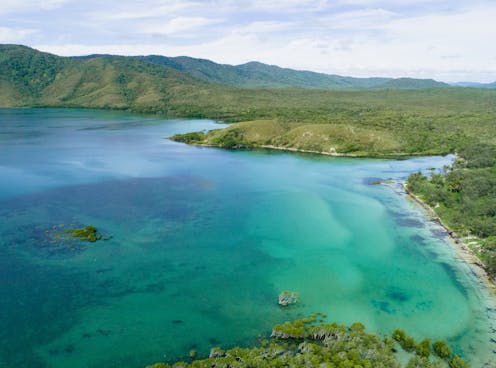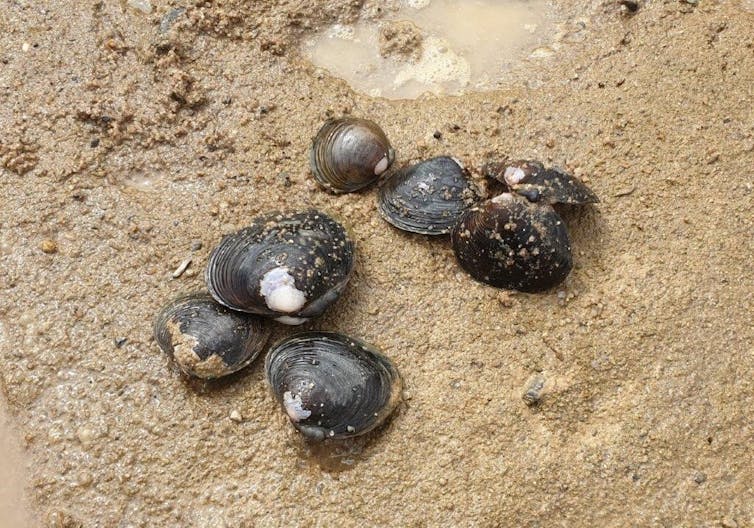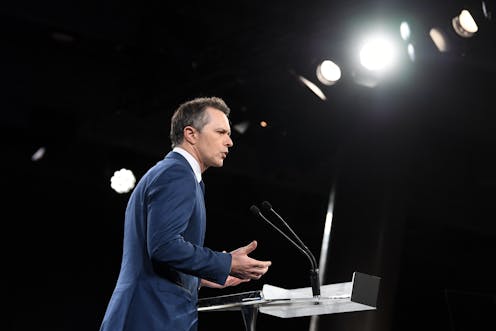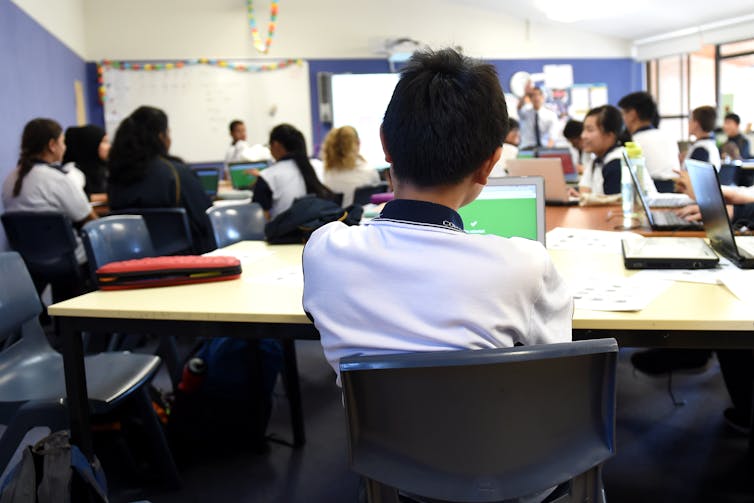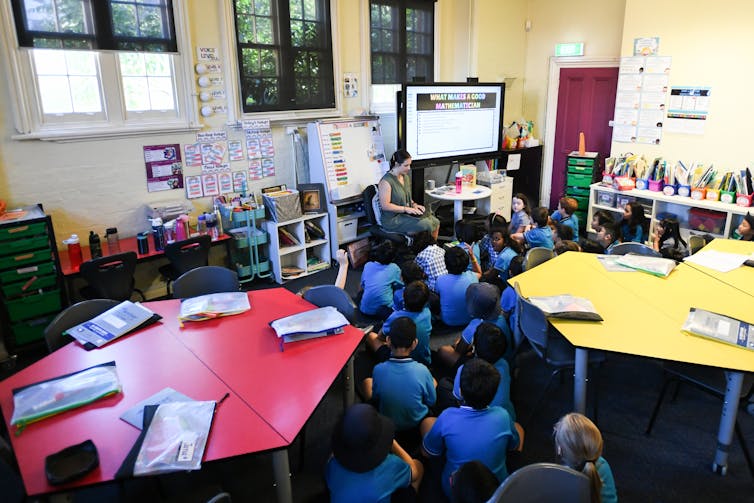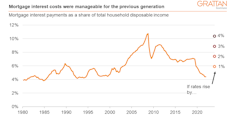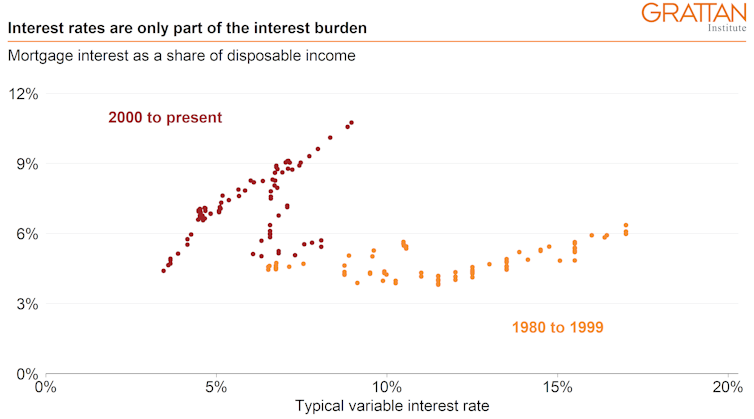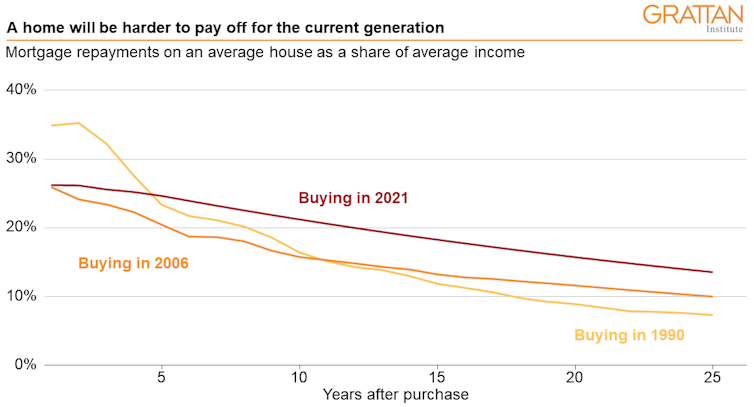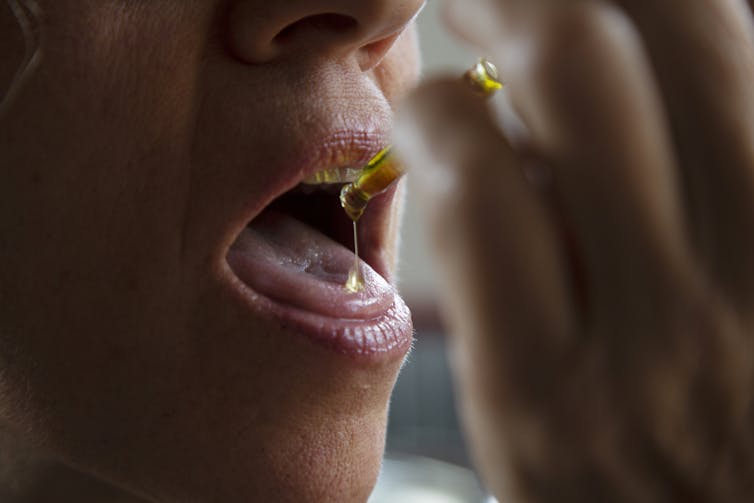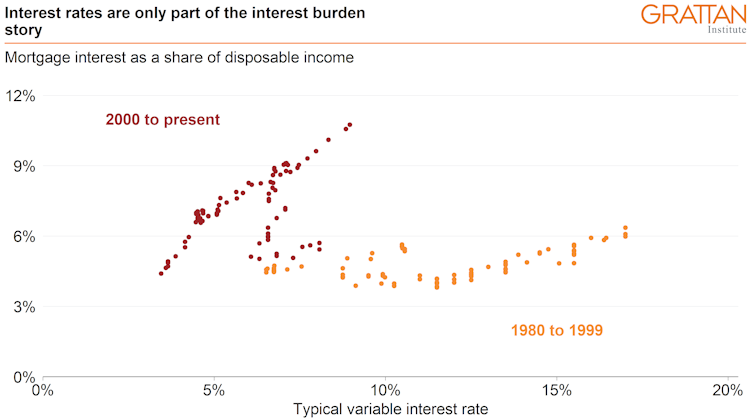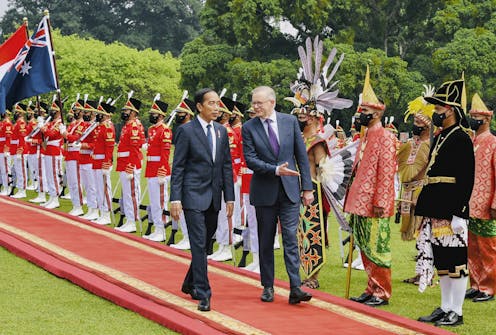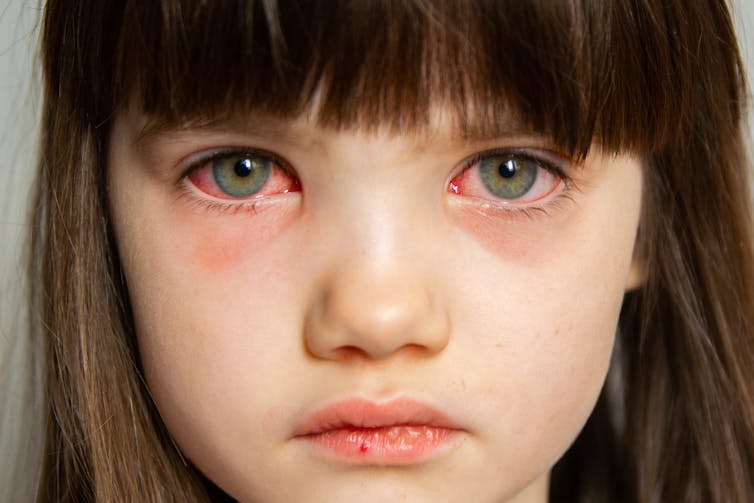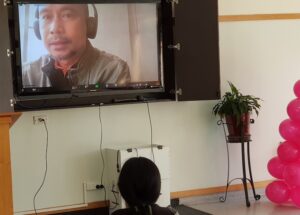Source: The Conversation (Au and NZ) – By Adrian Beaumont, Election Analyst (Psephologist)

AAP/AP/Kydpl Kyodo
At the May 21 federal election, Labor won 77 of the 151 House of Representatives seats (up eight since 2019 when adjusted for redistributions), the Coalition won 58 seats (down 18), the Greens four (up three) and all Others 12 (up seven).
The 2019 election result was Coalition 77 seats and Labor 68, but the ABC adjusts for Labor gaining a seat from the Coalition from redistributions. Craig Kelly’s defection from the Coalition to the UAP is not factored in, so Hughes is not a gain for the Coalition.
Near-final primary votes were 35.7% Coalition (down 5.7%), 32.6% Labor (down 0.8%), 12.2% Greens (up 1.8%), 5.0% One Nation (up 1.9%), 4.1% UAP (up 0.7%) and 5.3% for independents (up 1.9%). One Nation gained because they contested 149 of 151 House seats, up from 59 in 2019.
The ABC’s national two party estimate is currently at 51.9-48.1 to Labor, a 3.4% swing to Labor.
The House election result was very disproportionate. With just 32.6% of the primary vote, Labor won 51% of House seats. One Nation and the UAP did not come close to winning any seats despite a combined primary vote of 9.1%; neither party even made the final two in any seat.
Read more:
Why Labor is likely to win a House of Representatives majority despite a 33% primary vote
Labor and the Greens combined won 81 of the 151 House seats (53.6% of seats). This is in good agreement with the national two party vote. While Labor’s primary vote was disappointing, parties of the left overall clearly won this election in both seats and votes.
I will have more to say on the House results when we know the exact national two party vote, which will occur when all seats that did not end up as Labor vs Coalition contests are recounted between these two parties.
How did the polls go?
The table below shows the final national polls from all pollsters, and the election results using the ABC’s two party estimate. Poll estimates that were within 1% of the results are in bold.

Essential’s final poll had 7% undecided, but elections don’t allow undecided voters, so I’ve excluded undecided; this makes the primary votes for the major parties bigger than the 36% Coalition, 35% Labor reported, and so Essential’s miss is worse.
Morgan’s headline in their final poll was a Labor lead of 53-47 by 2019 preference flows, but analyst Kevin Bonham said it was actually 53.9-46.1 by this method, and this implies Morgan miscalculated. I am using 54 as Morgan’s two-party estimate.
Morgan and Resolve broke down their Others votes into votes for independents and other parties, but Essential, Newspoll and Ipsos did not. So I am using the figure for all Others in the table.
The election results primary vote gap between the Coalition and Labor was 3.1 points in the Coalition’s favour, but only Resolve got this gap correct. Essential had a one-point Coalition lead, but badly overstated the votes for both major parties. Morgan had a tie, but understated UAP and overstated Others. Newspoll and Ipsos both had Labor leading the Coalition by one point on primary votes.
Newspoll, Ipsos and Morgan all used 2019 preference flows for their headline figures. We will have a better idea of preference flows when we have a national two-party figure, but Labor performed better on preferences than in 2019.
The Newspoll and Ipsos errors on primary votes were thus moderated by an error the other way on preference flows. At the 2019 election, the preference flow error compounded the primary vote error.
Read more:
Final 2019 election results: education divide explains the Coalition’s upset victory
While Resolve’s final poll understated both major parties and overstated the Greens, it was easily the best final poll, as it accurately predicted the three-point Coalition primary vote win. Newspoll, Ipsos and particularly Essential overstated the major parties.
The Resolve poll would look even better had they used 2019 preference flows as their headline figure (52-48 to Labor). They used respondent preferences as their headline (51-49 to Labor).
Seat polls were often very wrong
Seat polls in the seats targeted by teal independents usually overstated the independents’ votes, but the independents still won all of these seats. Worse errors occurred in seat polls in standard two party contests.
Read more:
Labor’s lead narrows in three new national polls; and seat polls galore
There were two polls of Gilmore that gave Labor a 56-44 and a 57-43 lead, but Gilmore was the closest seat with Labor winning by just 50.2-49.8. A poll of Eden-Monaro gave the Liberals a 51-49 lead (actual: 58.1-41.9 to Labor). A poll of Page gave the Nationals just a 51-49 lead (actual: 60.7-39.3 to Nationals).
In the last week, four WA seat polls were published which greatly understated Labor’s leads. In Swan, Labor led by 53-47 and in Pearce by 52-48. In Tangney, the Liberals led by 54-46 and in Hasluck by 55-45. Actual results: 59.0-41.0 to Labor in Swan, 59.0-41.0 in Pearce, 56.0-44.0 in Hasluck and 52.4-47.6 in Tangney.
There were some successes, with seat polls coming close to actual results in Parramatta, Lindsay, Reid and Higgins. But overall seat polls were hit and miss.
A special YouGov poll that predicted the result in all seats had Labor winning 80 of the 151 seats, the Coalition 63, the Greens one and Others seven. So Labor was three short of this projection, the Coalition five short, the Greens three above and Others five above.
Senate update: final WA Senate race could be close
The national Senate count is now at 88.8% of enrolled voters, only just behind the House count of 89.4%, which is very close to final turnout.
Using 2019 Senate preference flows, The Poll Bludger has created a spreadsheet to predict the Senate winners at this election. This will be a robust method if 2022 flows are not markedly different from those in 2019.
This spreadsheet was last updated on Saturday. In my previous article on the Senate on May 30, I listed the sixth and last seat in Victoria, Queensland and SA as in doubt.
Read more:
Labor likely to get a friendly Senate and secures House of Representatives majority
Since that article, the Coalition has gained in SA, and is expected to win the last seat there, while One Nation should win in Queensland using 2019 preference flows. Victoria could be won by any of the Coalition, UAP or Labor, but most likely the Coalition.
In WA, the count is at 87.1% of enrolled, up from 66% previously. Labor now has 2.43 quotas, the Coalition 2.22, the Greens 0.99, One Nation 0.24 and Legalise Cannabis 0.23. The Coalition has made up enough ground that they could win if preferences from other parties flow strongly to them, though I think this is unlikely.
If the Coalition wins in Victoria and SA, One Nation in Queensland and Labor in WA, the results of this half-Senate election would be 16 of 40 seats for the Coalition, 15 Labor, six Greens, one One Nation, one Jacqui Lambie Network (JLN) and one David Pocock.
The Coalition would have 33 of the 76 total senators, Labor 26, the Greens 12, One Nation two, the JLN two and Pocock one. On legislation opposed by the Coalition, the easiest path to a majority (39 votes) for Labor would be the Greens and either Pocock or the JLN.
In my previous Senate article, I had thought button presses to distribute preferences could happen this week in the NT, ACT and Tasmania, but it looks like next week for them. The bigger states should come the following week. All members elected at this election must be officially declared by June 28.
Boris Johnson survives no-confidence vote among Conservative MPs
Early Tuesday morning AEST, UK Prime Minister Boris Johnson won a confidence vote among Conservative MPs by 211 to 148. I covered the build-up to this vote that was triggered Monday night AEST for The Poll Bludger. Also covered: the French legislative elections that will be held in two rounds on June 12 and 19.
Personal note
On a personal note, I’m excited to announce that after five years as a regular contributor I’ve recently joined The Conversation staff in the role of Election Analyst.
![]()
– ref. How did the polls perform in the 2022 election? Better, but not great; also a Senate update – https://theconversation.com/how-did-the-polls-perform-in-the-2022-election-better-but-not-great-also-a-senate-update-184445








